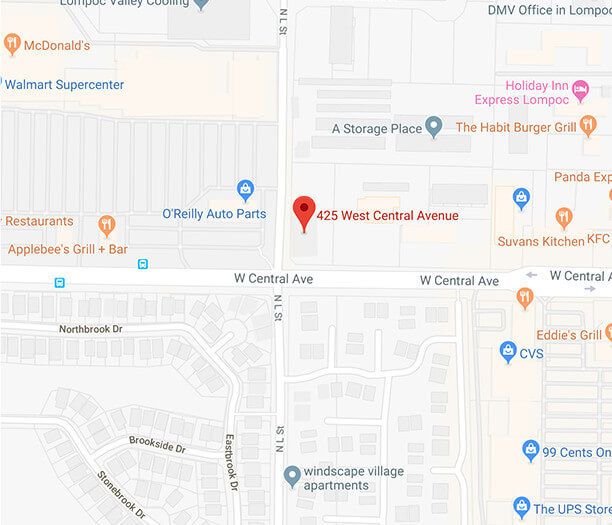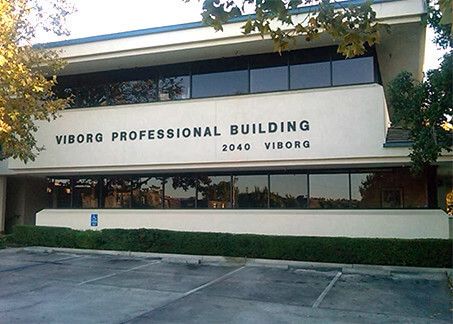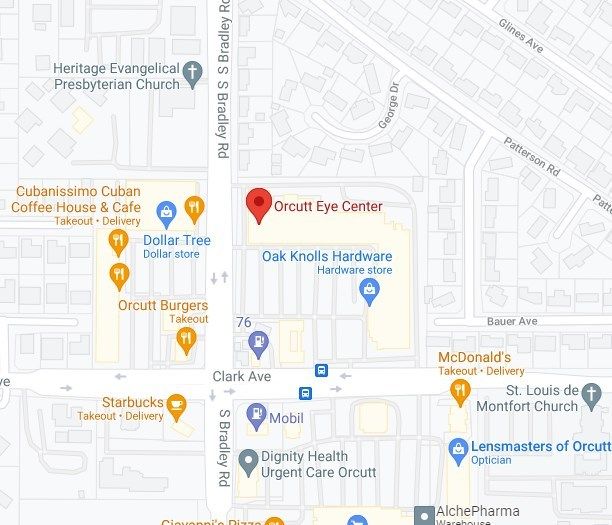
An intraocular lens (IOL) is an artificial lens for your eye. It will replace your eye’s natural lens that has been removed during your surgery. Your lens bends or refracts, the light that enters your eye. This helps you see better. The lens should be clear.
What Do IOLs Do?
When you have cataracts, your lens will become cloudy. Things that you see may be hazy, blurry, or not as colorful when you have a cataract. Having cataract surgery will remove the cloudy lens and replace it with a clear IOL. This will improve your vision.
There are many different types of IOLs, similar to contact lenses or prescription eyeglasses. Your eye doctor can measure the curve of your cornea and the length of your eye. That way, the focusing power of your IOL can be set. Your eye doctor can help you determine the right type of IOL to get.
Greatly Reduce Your Need for Glasses
Monofocal IOLs are the most common type. They are set to either far, near, or close-up vision. For example, if you have one that is set to far, you would wear glasses for reading. But with some types of IOLs, you will reduce or even eliminate your need to get glasses.
Whether you are watching your child play soccer or reading a newspaper, you want to be able to see both far away and nearby. Multifocal or accommodative lenses may be for you. These lenses allow their wearers to see both distant and near objects. Multifocal lenses have zones that are set to different distances. Accommodative lenses change shape or move when they are inside your eye. This allows the wearer to focus at different distances with ease.
They also reduce the need for getting glasses or contact lenses. The ability to read and do other tasks without having to wear glasses will depend on your individual condition.
Lenses for Astigmatism
If you have astigmatism, then your cornea is not smooth and round like it should be. Instead, it is curved, like a football. This causes you to be unable to see near and distant objects. They may appear blurred or distorted instead.
If you have significant levels of astigmatisms, you will do well with a toric IOL. This is a lens that has an extra correction for astigmatism. If you want to reduce or even eliminate your need for eyeglasses, you might want to consider getting limbal relaxing incisions. These can be done at the same time that you choose to get your cataract surgery.
With limbal relaxing incisions, the eye doctor will make small incisions at either side of your cornea and follow the curve of your iris. This will cause it to flatten slightly in that direction. It can help you see better when it comes to distance vision.
Make an appointment at Shepard Eye Center in Santa Maria, CA, Lompoc, CA, or Solvang, CA to find out if a cataract upgrade will be right for you.


























